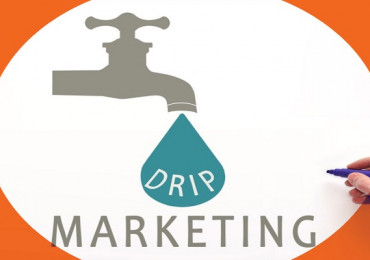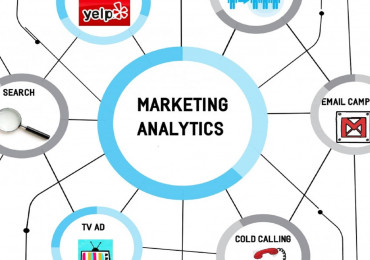
It is a marketing strategy that relies on conducting uncertain experiments or analyzing future trends to predict how the market will react to certain products or services. This type of marketing involves trying to estimate market response based on hypotheses or incomplete data, and may include designing experimental campaigns or tests to collect data about potential customers' preferences.
Characteristics of speculative marketing:
1. Experimentation: Relies on implementing marketing campaigns or experiments to evaluate how the public will respond to new products or ideas.
2. Future analysis: Focuses on predicting future market trends and anticipating how they will affect marketing strategies.
3. Uncertain data: Relies on data and experiments that may be incomplete or uncertain.
4. Dynamic adjustments: Allows continuous adjustments to strategies based on results and feedback.
Advantages and features of speculative marketing:
1. Innovation: Allows marketers to test new ideas and innovations before fully committing to them.
2. Flexibility: Strategies can be modified based on results and feedback to make them more appropriate for the market.
3. Reduce risk: Helps reduce risk by testing ideas before investing significant resources in them.
4. Understand the market: Provides insights into how audiences will react to new products or services.
Disadvantages of speculative marketing:
1. Uncertainty: Relies on uncertain data and experiments, which can lead to inaccurate marketing decisions.
2. Cost: Experiments and tests can be expensive, especially if they do not yield fruitful results.
3. Risk: Experiments may lead to false or inaccurate conclusions that negatively impact marketing strategies.
4. Difficult management: Data from uncertain experiments can be difficult to manage and interpret.
Types of speculative marketing:
1. Marketing experiments: Implementing experimental campaigns or new strategies in selected markets to evaluate audience response.
2. Surveys and speculation: Using opinion polls and forecasts to estimate how the market will react to new products.
3. A/B testing: Conducting tests on different versions of ads or web pages to determine which ones perform best.
4. Trend Forecasting: Analyzing future market trends and developing marketing strategies based on these forecasts.
Real-world examples:
1. Product testing: Companies like Amazon and Apple launch pilot products or release early versions to gauge market reaction before full launch.
2. Marketing experiments: Pepsi launched a pilot marketing campaign in select markets to gauge the effectiveness of its new ads before distributing them widely.
3. Trend forecasting: Companies have used data and analytics to predict the success of new products based on an analysis of current market trends.
Speculative marketing is a strategy that relies on experimentation and prediction to explore how the market will react to new products or ideas. It allows for innovation and understanding of the market, but it can face challenges such as uncertainty and the risks associated with uncertain data. By using experiments and testing, marketers can reduce risk and identify the most effective strategies.

28/08/2024

20/08/2024

18/08/2024

20/08/2024

23/08/2024

30/08/2024

30/08/2024

01/09/2024

14/08/2024

17/08/2024

30/08/2024

18/08/2024

26/08/2024

20/08/2024

01/09/2024

22/08/2024

23/08/2024

01/09/2024

30/08/2024

31/08/2024